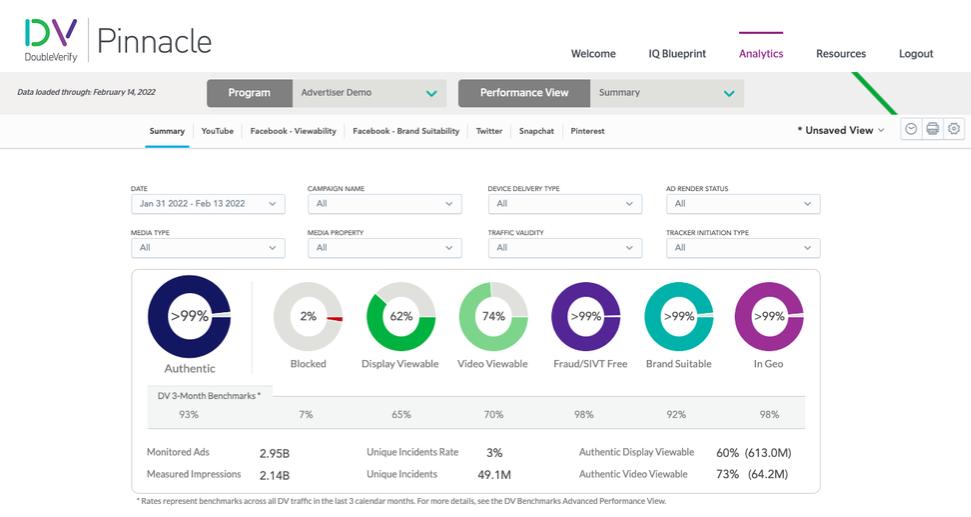Our commercial organization is aligned by geographically focused teams, comprising sales and account management professionals in the Americas, EMEA and APAC, and professionals dedicated to global client and agency relationships. We regularly seek to expand into new geographies based on demand from existing customers and the attractiveness of the potential market opportunity, including recent expansion in Japan, India and the Middle East region.
Our sales professionals are responsible for driving the overall commercial strategy, establishing early connections and maintaining relationships with large, blue-chip brands and global advertising agencies and expanding our existing customer relationships. Our customer support team handles all aspects of customer relationships from pre-sale technical support to client onboarding, training and implementation of our services. Account managers work closely with product managers to provide direct customer feedback, which is also shared with our technology and development organization, enabling them to implement ongoing improvements and identify potential new product categories.
Our marketing team’s objectives are to build brand leadership globally, drive sales empowerment through lead generation and top-of-funnel pipeline growth, and support customer retention and up-sell through industry insights, thought leadership and analysis of customer data. We execute this strategy through frequent publications of industry insight reports, whitepapers, case studies, earned media, participation at industry conferences and frequent engagement with the world’s leading brands.
As of March 1, 2022, we had 358 professionals on our Commercial organization teams, of which 143 were sales professionals, 36 were marketing professionals and 179 were account managers and customer support representatives. Our sales, marketing and customer support expenses were $77.3 million, $62.2 million and $38.4 million for each of the years ended December 31, 2021, December 31, 2020 and December 31, 2019.
Product Development
Ongoing product innovation is central to our business. Rapid advancement of our product capabilities has enabled our business to meet customer needs in the dynamic digital advertising landscape. Through our innovation, we have been able to seamlessly add new capabilities to our solutions over time.
Our engineering team, consisting of 219 employees as of March 1, 2022, is responsible for the development of software and the operations of our infrastructure. As of March 1, 2022, we had 142 software and data engineers globally and six research and development centers focused on product development. We use an agile development process with automated quality assurance, deployment and post-deployment testing to rapidly build, test and deploy new functionality.
Our product team, consisting of 129 employees as of March 1, 2022, is responsible for working with our sales, account management, marketing and business development teams to understand customer input, assess the market opportunity and define the product roadmap. This team is structurally aligned with our engineering organization to ensure there is direct accountability for all aspects of research and product development. Our team includes expert linguists, content classification analysts, fraud researchers and other supporting operational roles which provide the domain expertise and ongoing product development to ensure the highest possible quality of our technology.
Our product development expenses were $62.7 million, $47.0 million and $31.6 million for each of the years ended December 31, 2021, December 31, 2020 and December 31, 2019. We intend to continue to invest in our research and development capabilities to extend our platform to cover a broader range of products, customers and geographies.
Technology
Our technology is designed to provide our customers with precise, real-time decision-making and measurement data across their digital advertising campaigns. Our proprietary technology analyzes more than 7 billion digital ad transactions each day, measuring whether ads are delivered in a fraud-free, brand-suitable environment and are fully viewable in the intended geography. We own or perpetually license all aspects of our core software which we have built to be flexibly implemented on a variety of environments, allowing us to minimize cost while delivering the latency, growth and privacy needs of our global customers.

